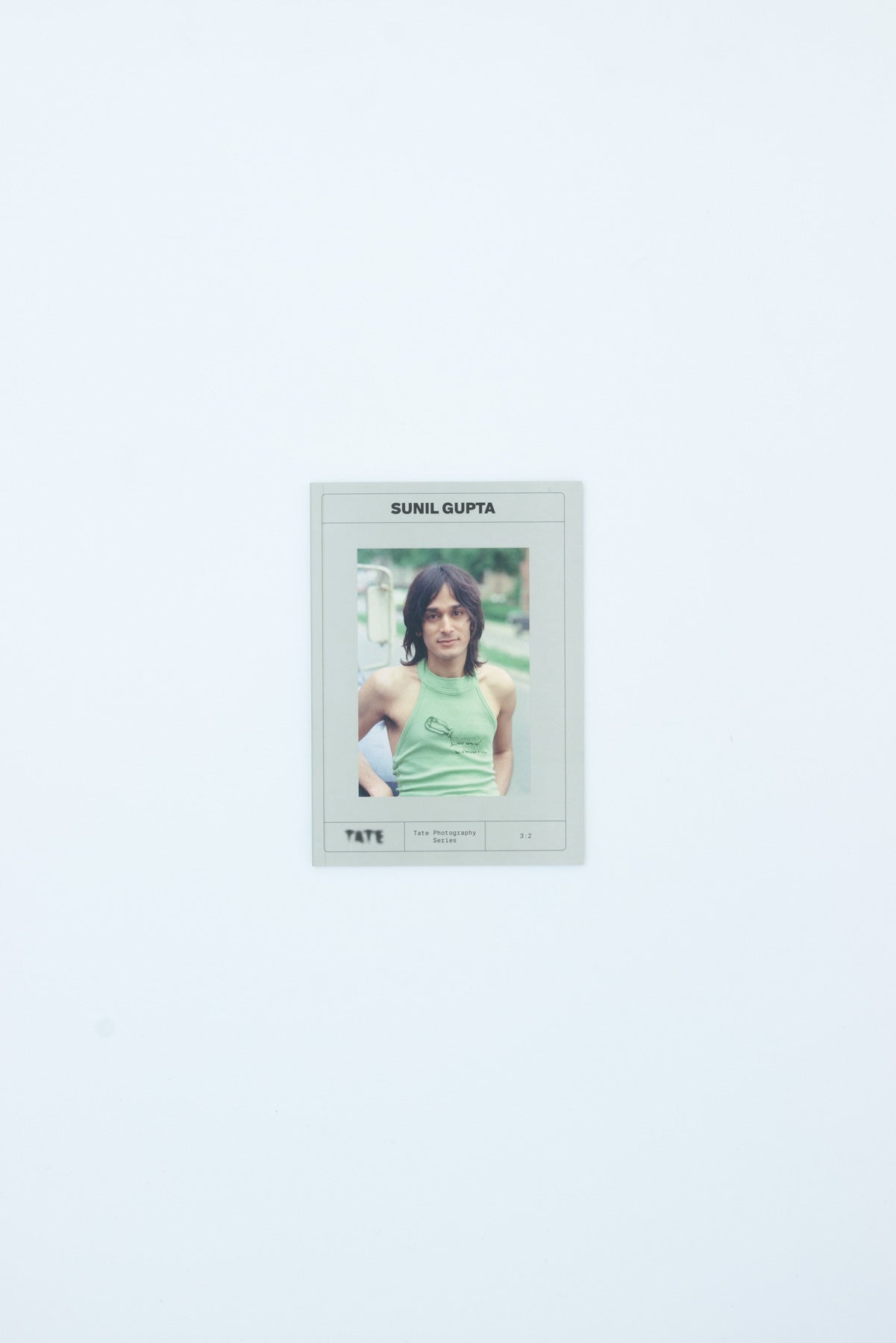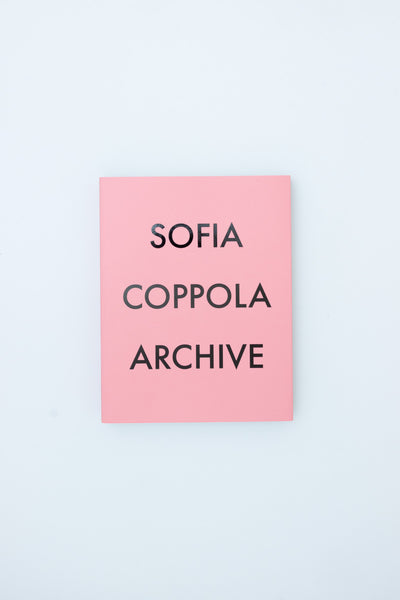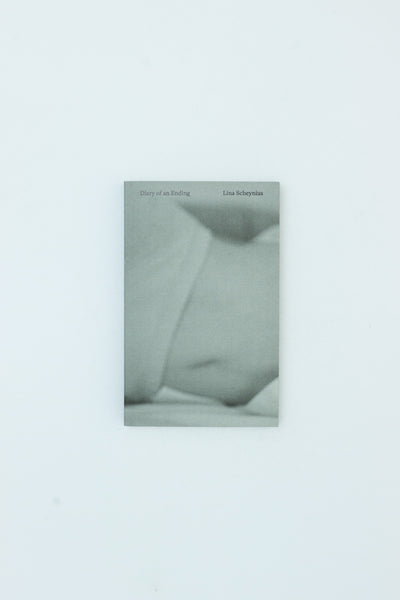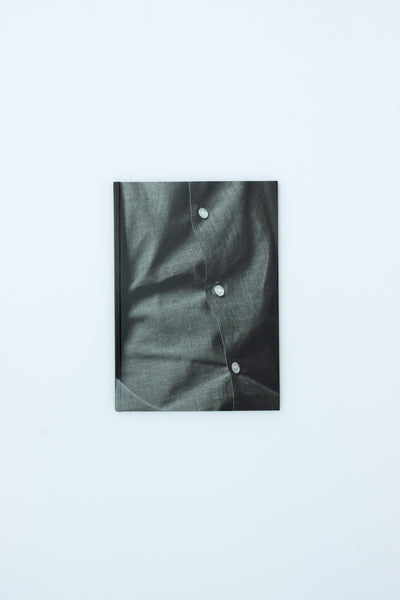
Tate Photography: Sunil Gupta
This Tate Photography book showcases the career of Sunil Gupta.
‘I feel most comfortable among people in various diasporas. I don't feel like I have one specific home; everywhere is home and nowhere is home.’
Sunil Gupta was born in 1953 in New Delhi, India and moved to Canada as a teenager in the late 1960s. He now lives and works in London.
Over a career spanning more than four decades, Gupta has maintained a visionary approach to photography, producing bodies of work that are pioneering in their social and political commentary. The artist's diasporic experience of multiple cultures informs a practice dedicated to themes of race, migration and queer identity – his own lived experience a point of departure for photographic projects, born from a desire to see himself and others like him represented in art history.
Working in India, the United States, and the UK, his best-known works include the Exiles series (1986-7), Lovers: Ten Years On (1984-6), the series From Here to Eternity (1999), Songs of Deliverance (2022). His newspaper articles, speeches and essays show his crucial role at the centre of grassroots queer and postcolonial organising throughout his career. He continues to forge his own cultural history, fusing the public and the personal through photographs that highlight those marginalised in society.
The Tate Photography series is a celebration of international and British photography in the Tate collection and an introduction to some of the most significant photographers at work today. Each book focuses on an individual photographer and features a specially selected sequence of photographs, an introduction by a Tate curator, and a conversation with the photographer. These collaborations between artists and experts enrich our understanding of photography and its connection to everyday life, and move from city streets to seashores, across landscapes and subcultures, through identities and interiors, in a visual travelogue of our world today.
The theme for Series Three is Queer and Visible, bringing together four artists who use photography to unfold valuable insights into queer life. Each artist uniquely reflects upon societal constructs of sexuality and race and responds to the experience of living in a predominantly white and heteronormative Western society. Desire, identity and joy are artfully explored, upturning assumptions about blackness, race and queerness.
To see and to be seen, representation in good faith, artful storytelling, resonant images. These are the perspectives and qualities we seek from photography. The artist-photographer notices and captures, shows us pattern and meaning, emotion and connection, expanding the possible, making hearts and minds capacious.
Tate, 2025
Softcover
200 x 140mm




